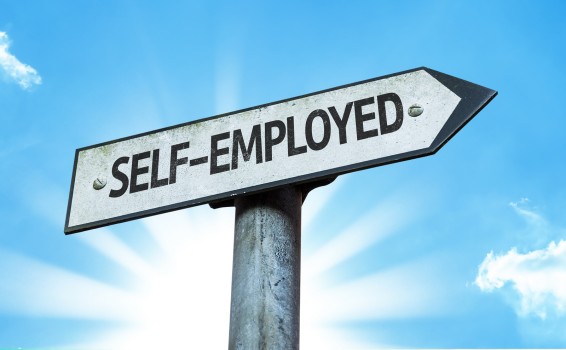I did some work for a friend (under $1,000) and they asked me for an invoice. Since I’m not an employee I guess this means I’m a consultant or business? What do I do next? Do I need to register a business name, get a GST number, do anything special for my taxes?
Doing jobs when you are not an employee means you are self-employed. Congratulations! You could also call yourself a consultant or self-employed professional, but you’re not a business. You’re not incorporated, you don’t have a business name, etc.
At this point you don’t need to do anything. You don’t need to register a business name, you don’t need to get a GST/HST number, or do anything else, really. At this point you just send your friend the invoice they asked for and accept the payment. You should keep copies of these invoices and track how much you have billed. You can also keep track of any expenses you had doing this job, such as transportation costs and equipment. Write down this information or keep it in a spreadsheet for quick access later.
When tax time rolls around you will file this money you invoiced (plus any other self-employed jobs you take) as a self-employed person. The Canada Revenue Agency has a section of their website which explains how to file taxes as a self-employed professional. While there is a lot of information on the CRA website, most income tax software (such as uFile) makes it quite easy. You’ll just list your total income (from the invoices you had paid as a self-employed professional) and the expenses. That’s about it. The tax software will take that information and work it in with any other income you received during the year (such as regular employee income or EI benefits) and tell you how much you owe (or will get back) in income taxes.
Please note that you are likely to end up paying about a third of what you make as a self-employed professional to income tax. In other words, when you receive the $1,000 payment from your friend, set aside about $333 of that for your annual taxes. Throughout the year, if you do more jobs, keep putting a third of your self-employed income into a savings account for tax time.
You do not need to apply for a GST/HST number, in most situations, until your income reaches $30,000 per year. Details on when to apply for an HST number are also covered on the CRA website. Basically, as long as your invoices for the year don’t add up to $30,000 or more, then you don’t need to register. Once you do reach the $30,000 mark you should register for a GST/HST account and charge the appropriate amount on your invoices.

Comments are closed, but trackbacks and pingbacks are open.